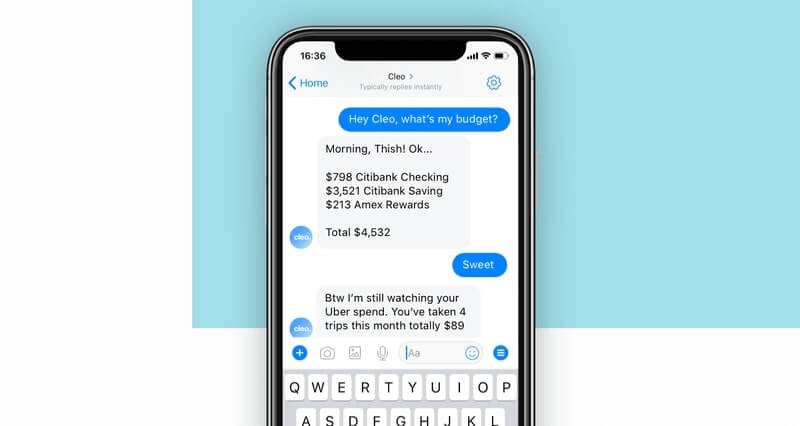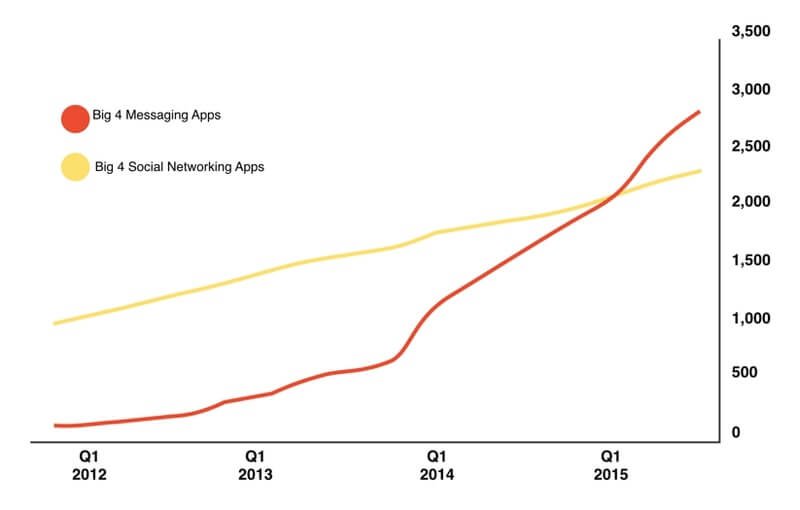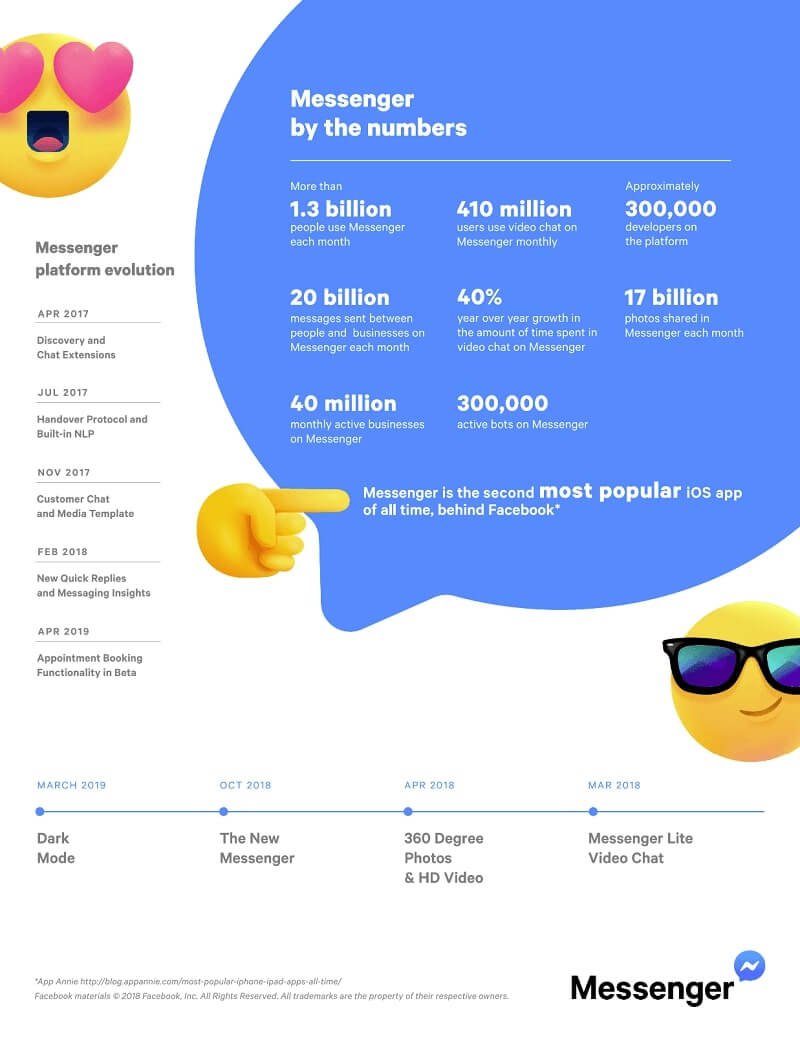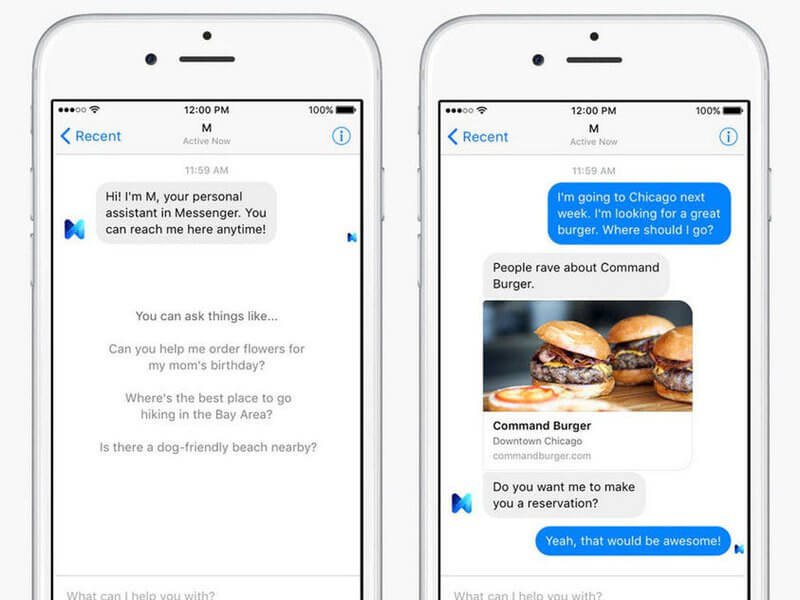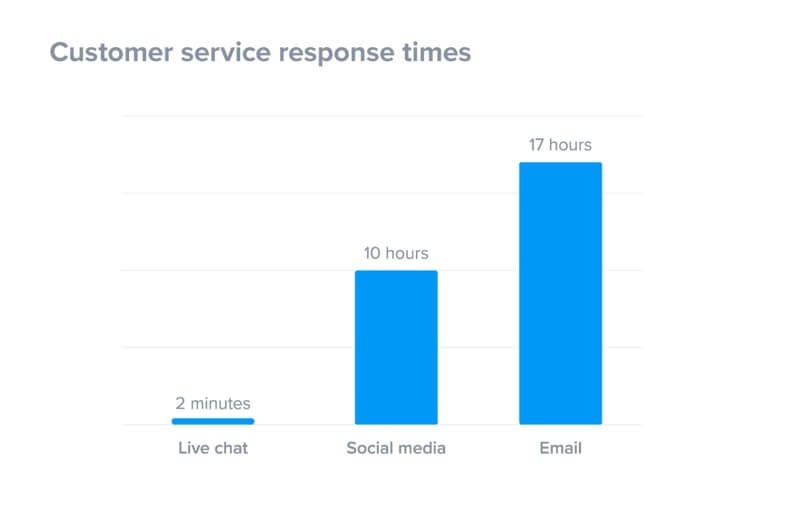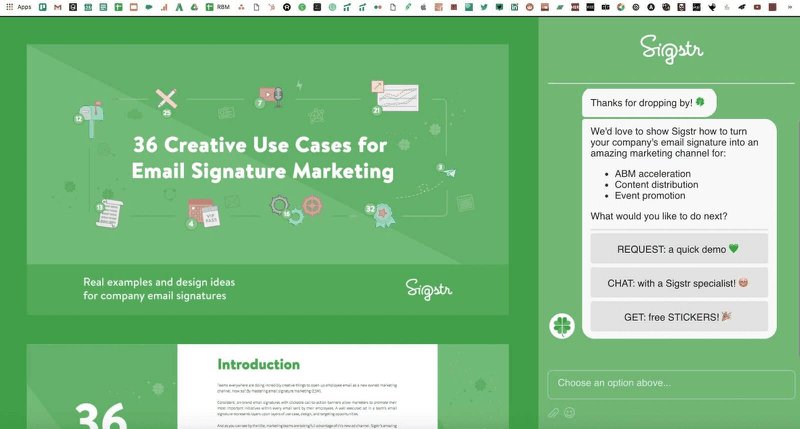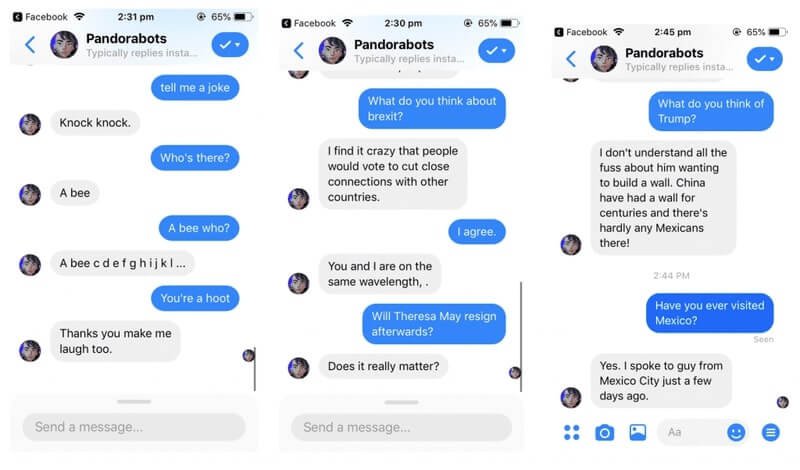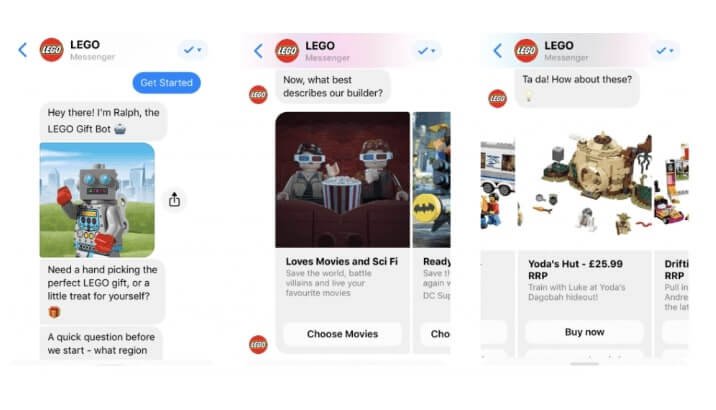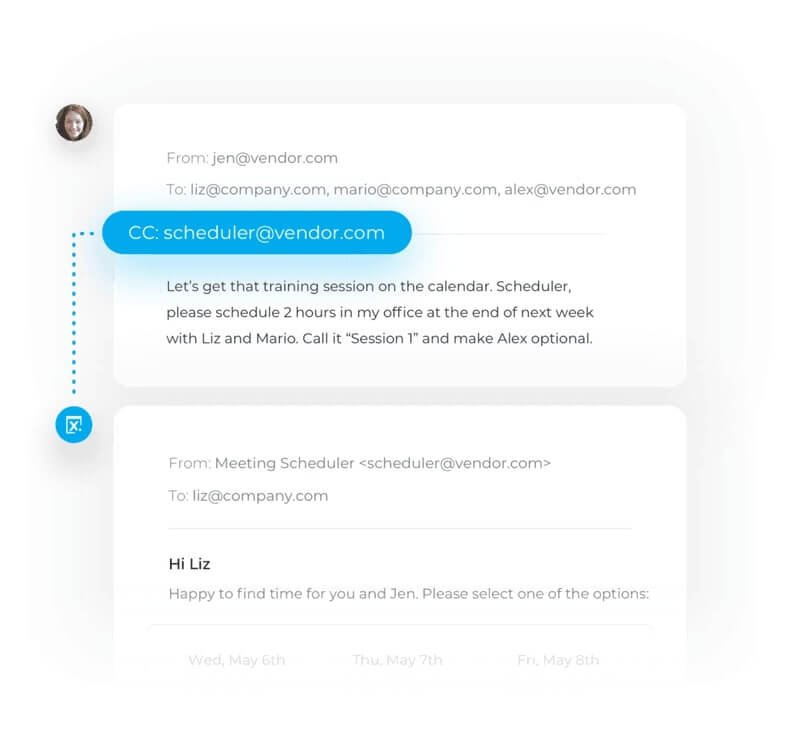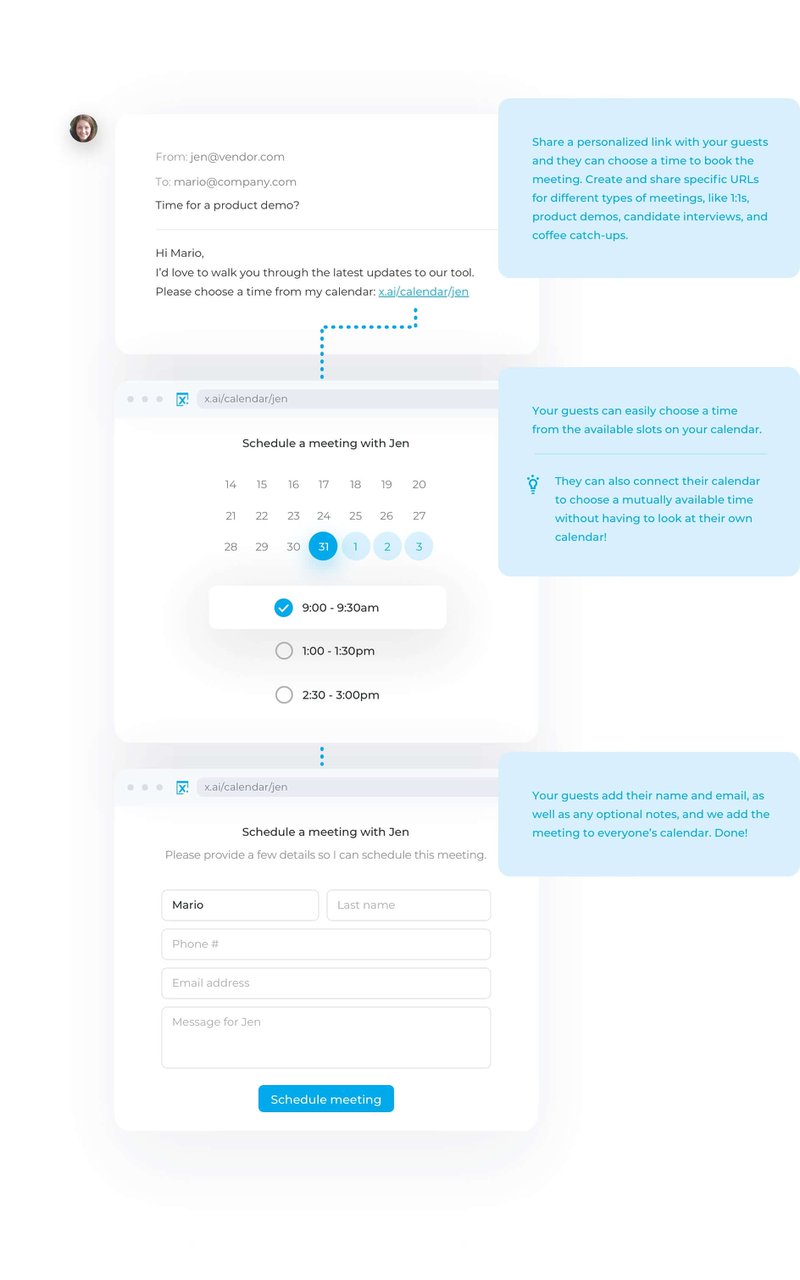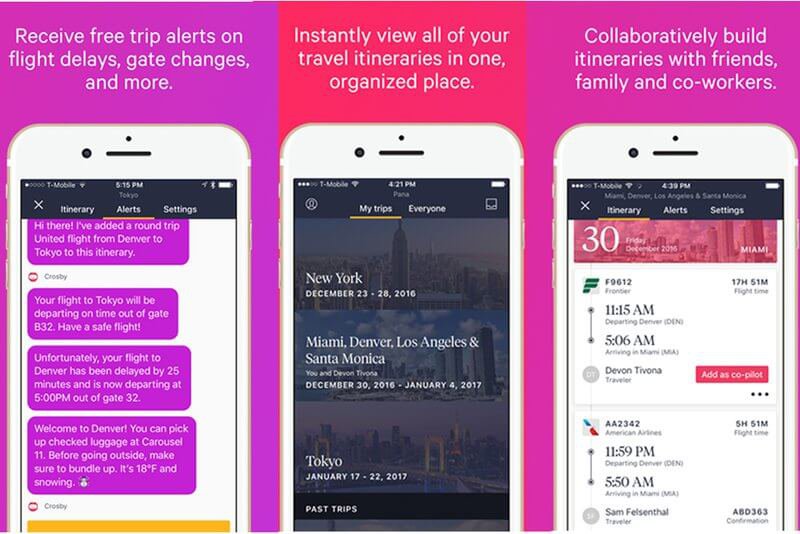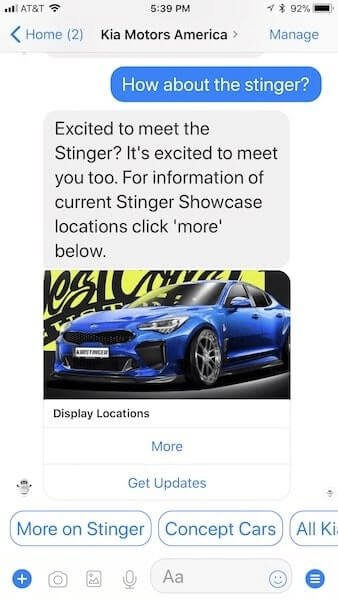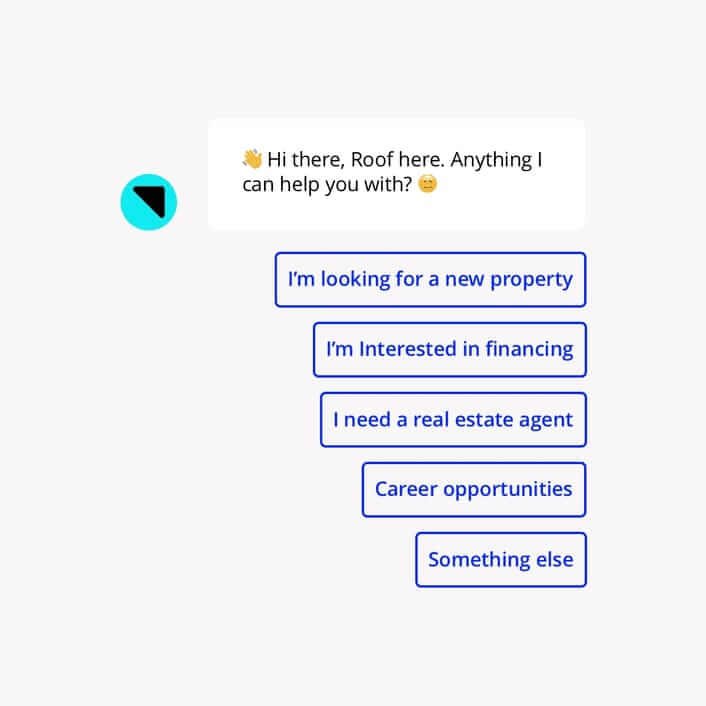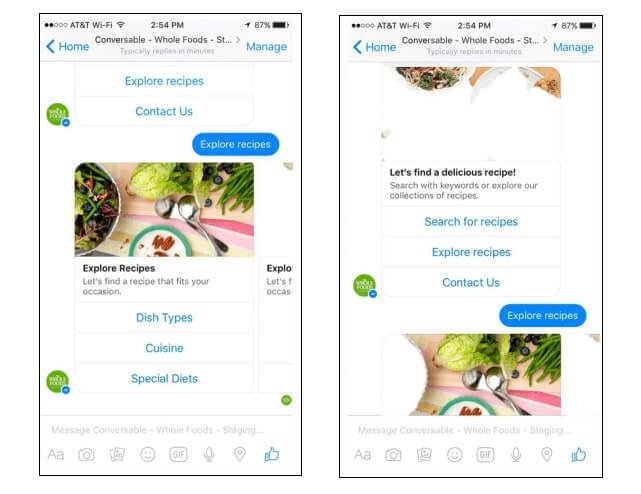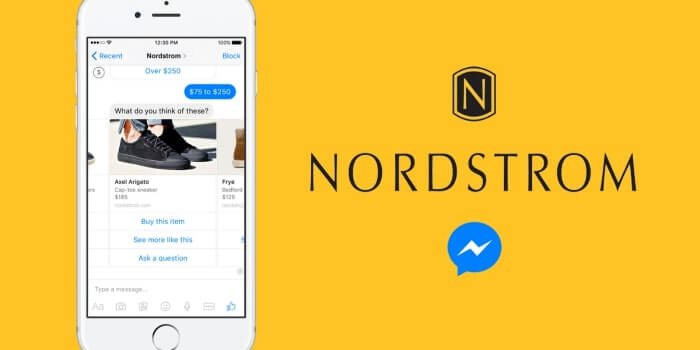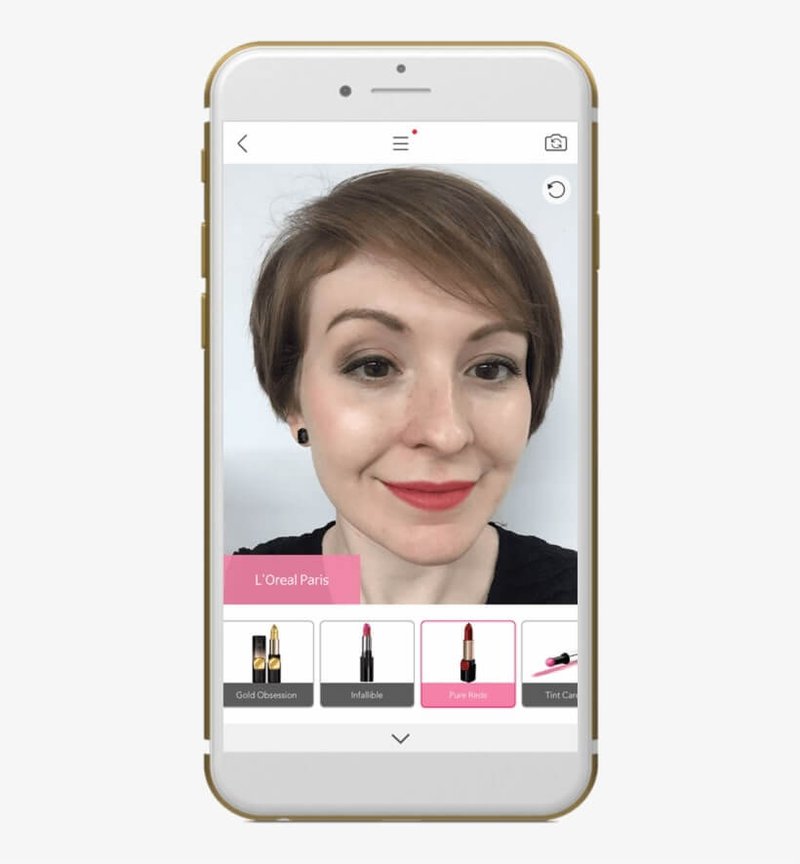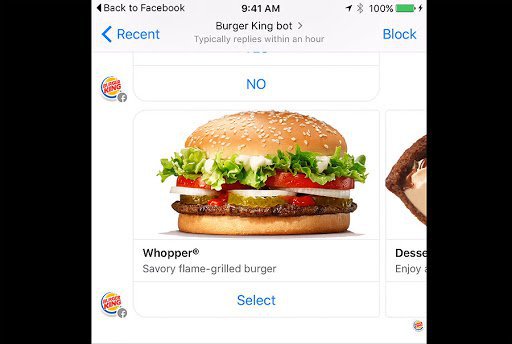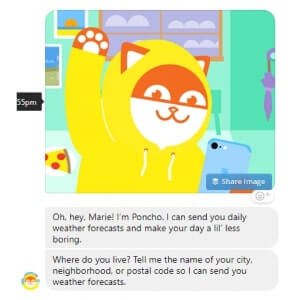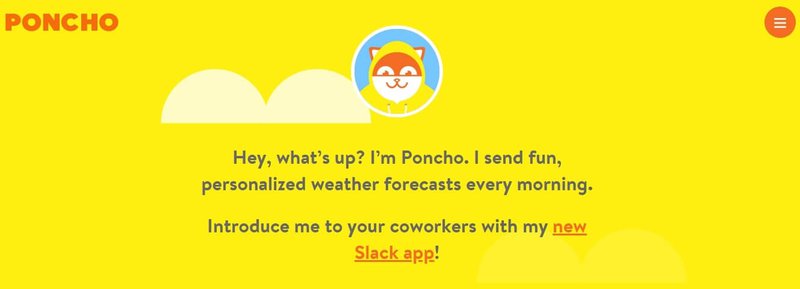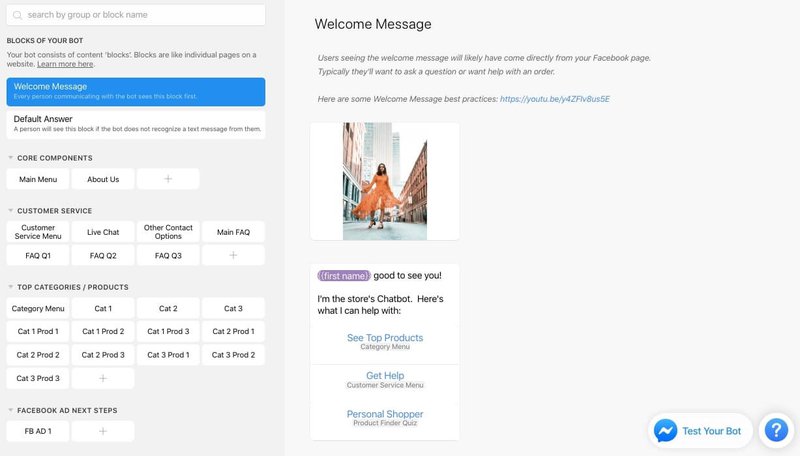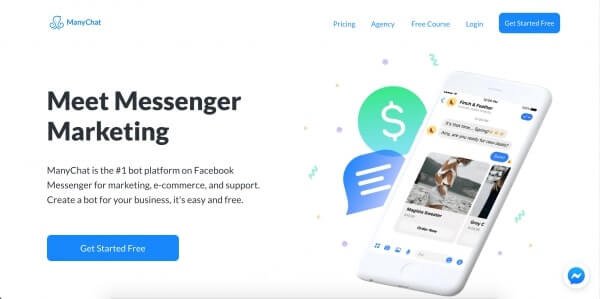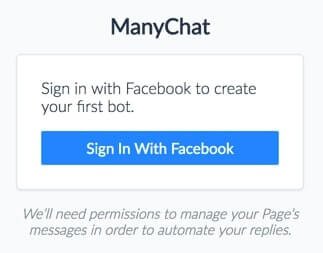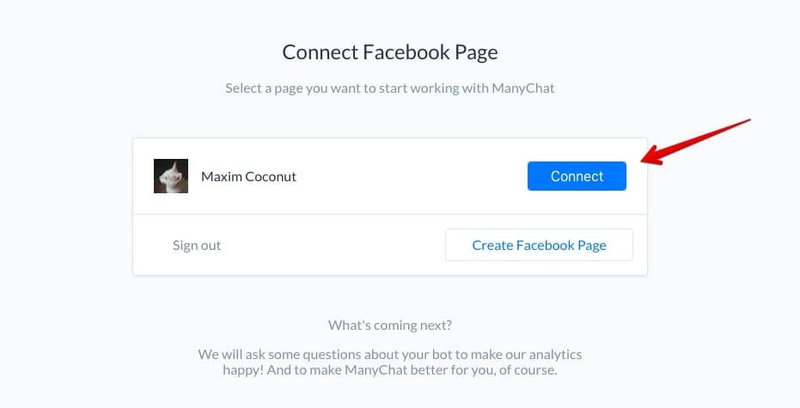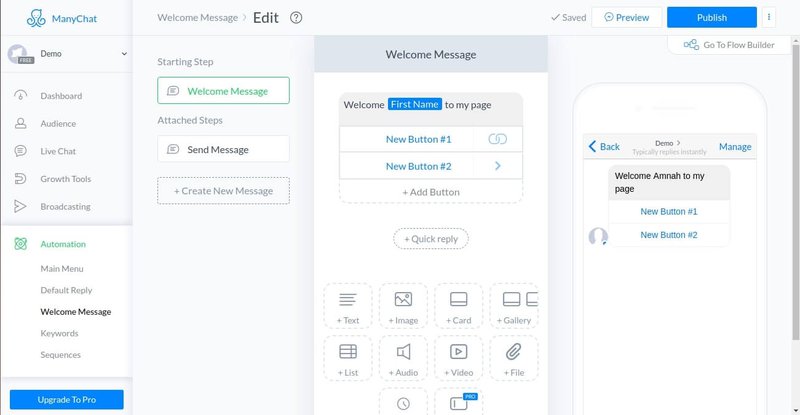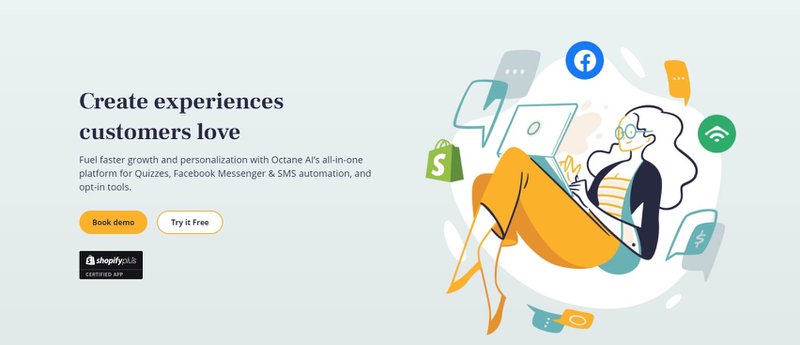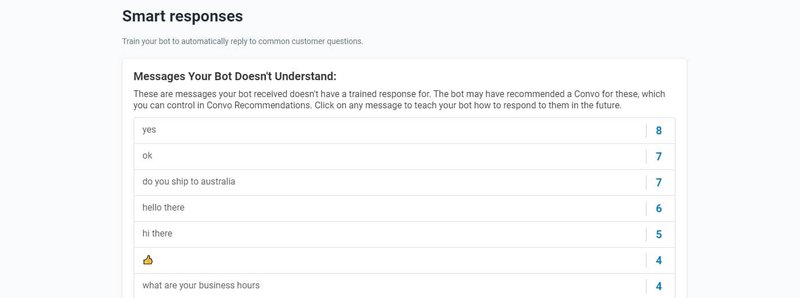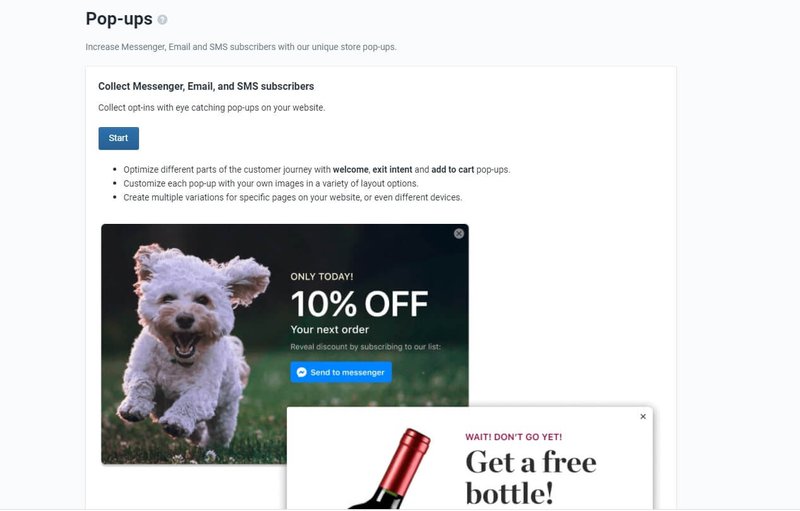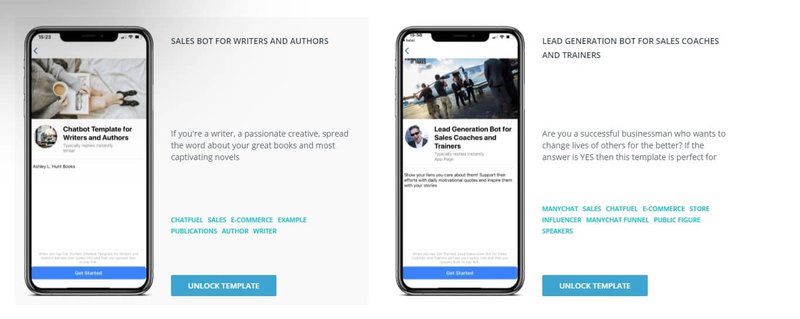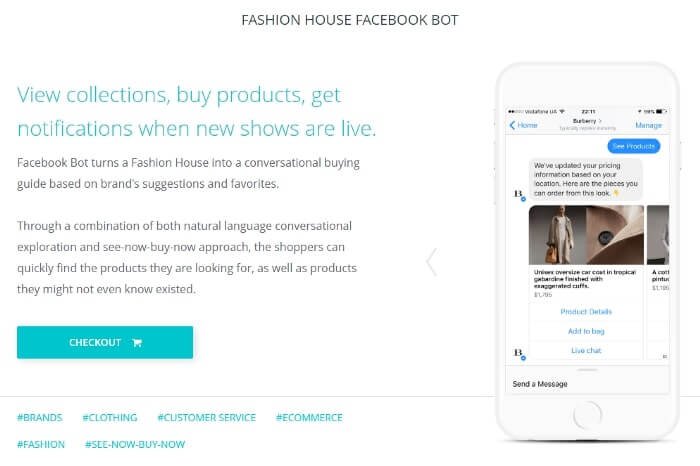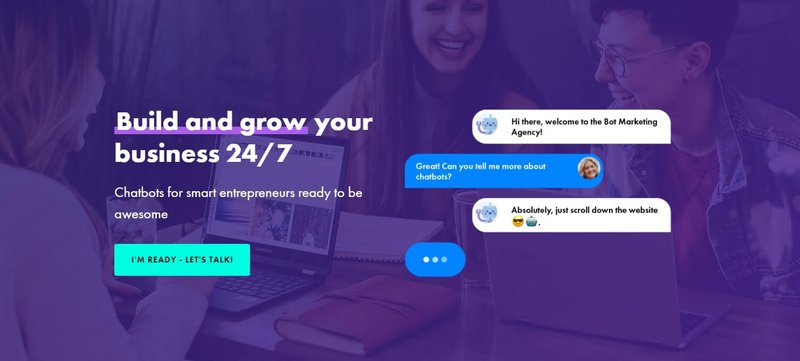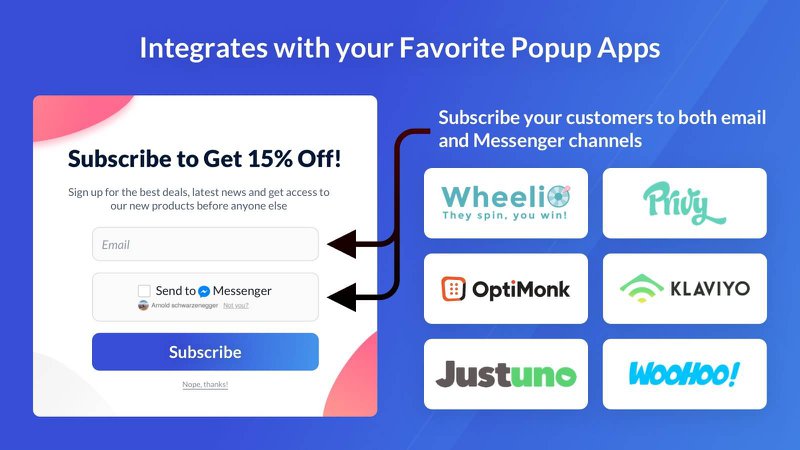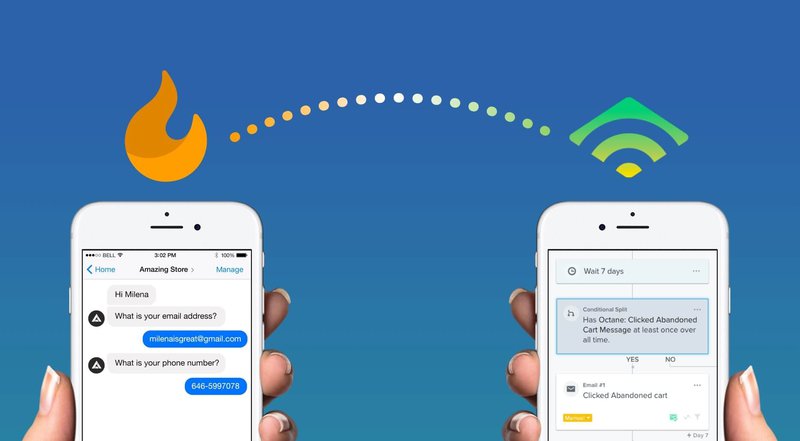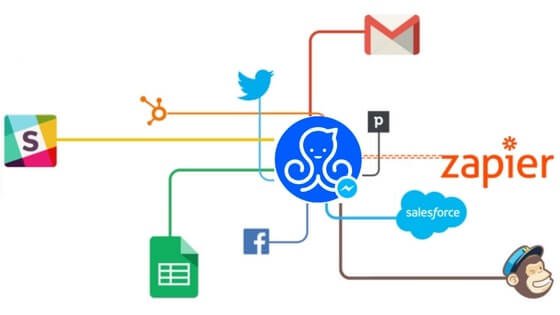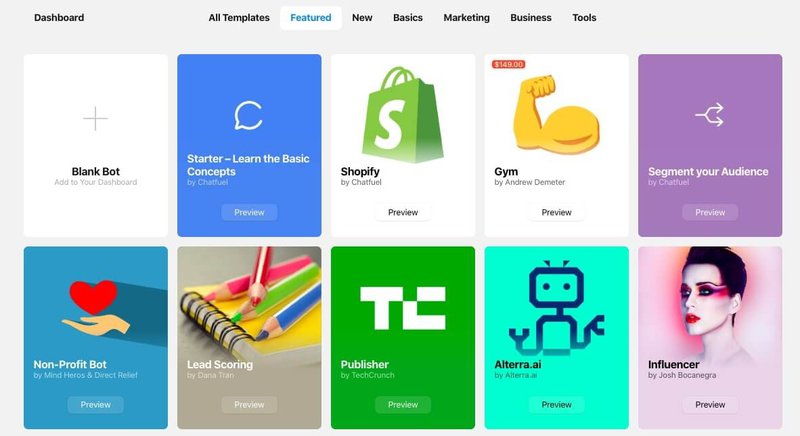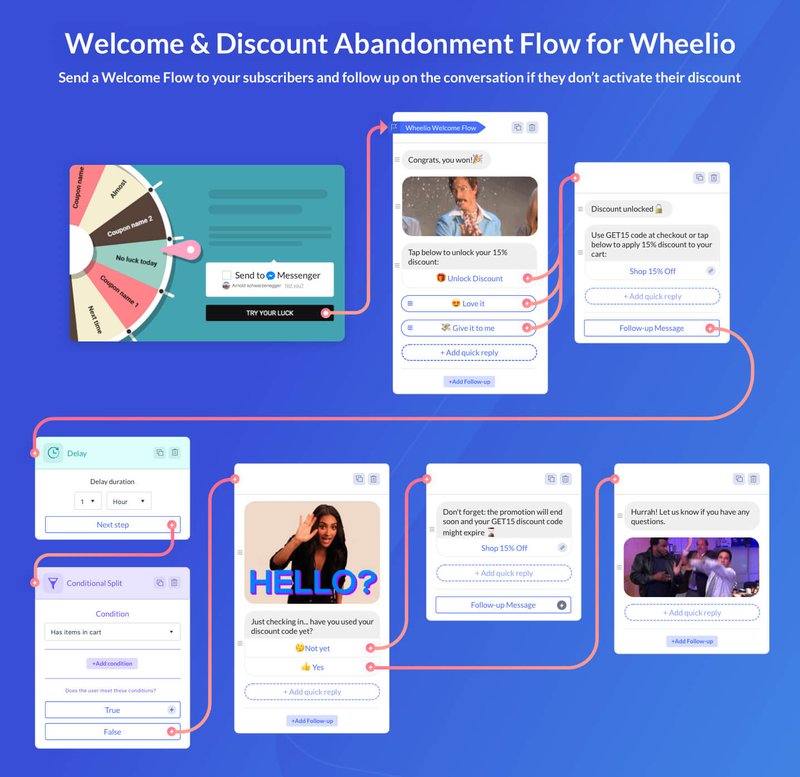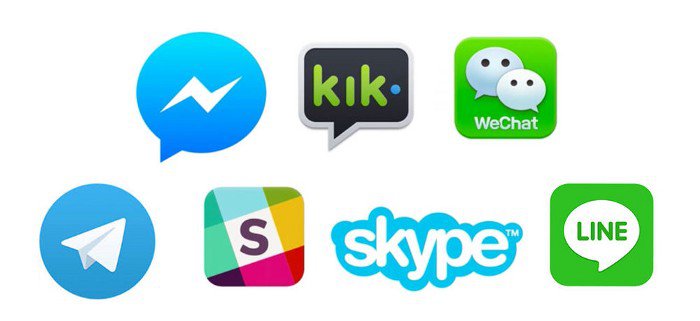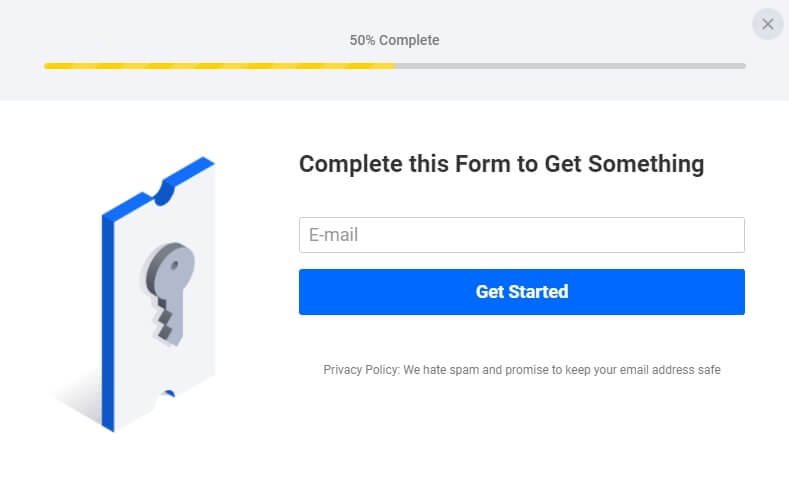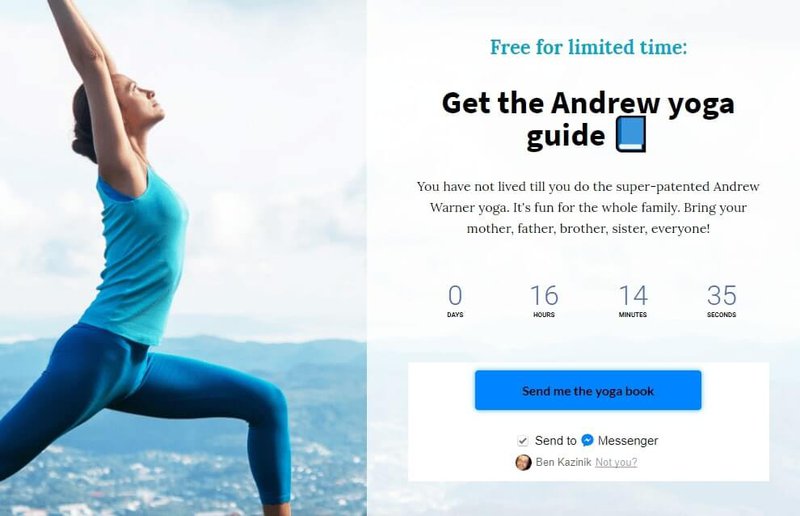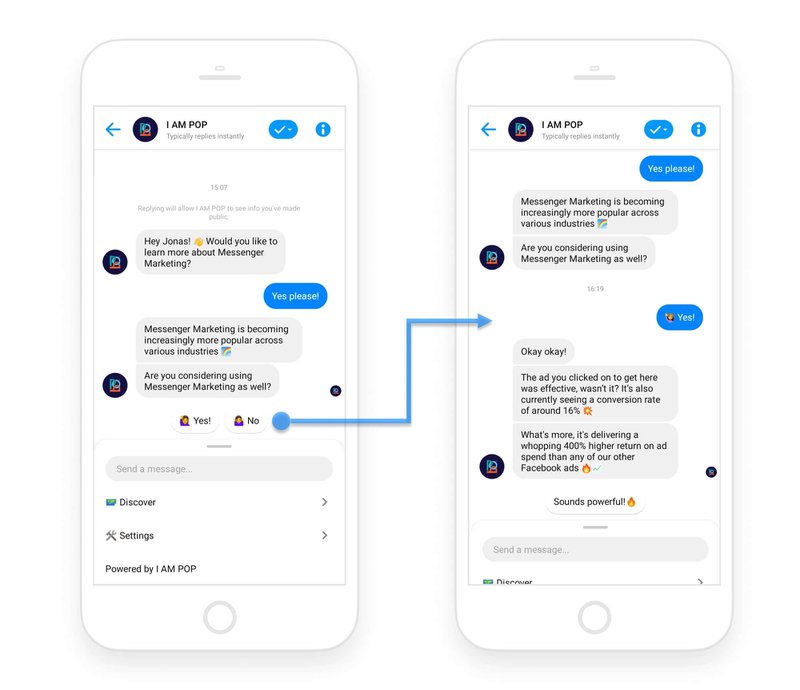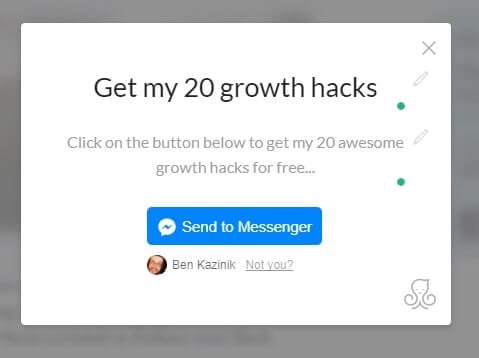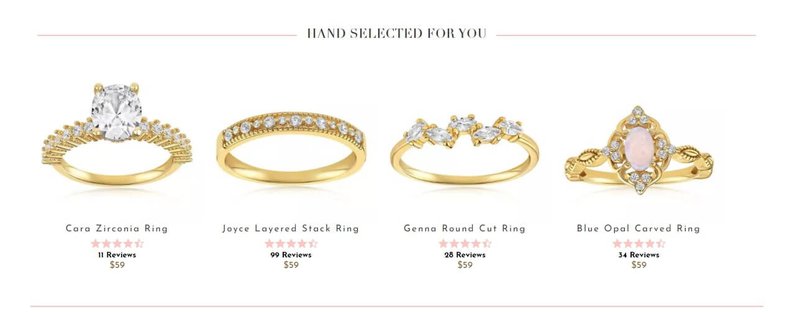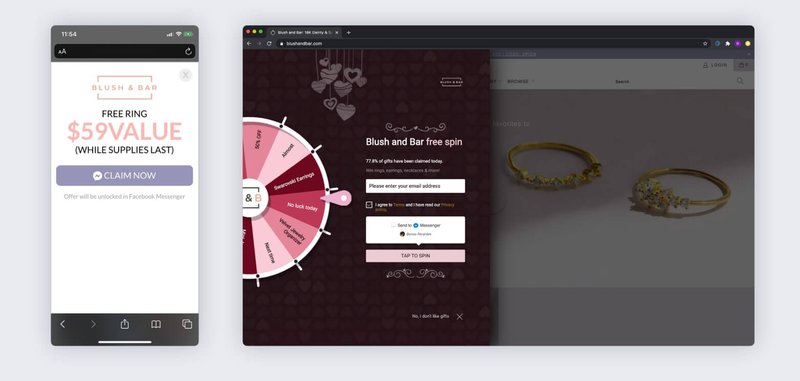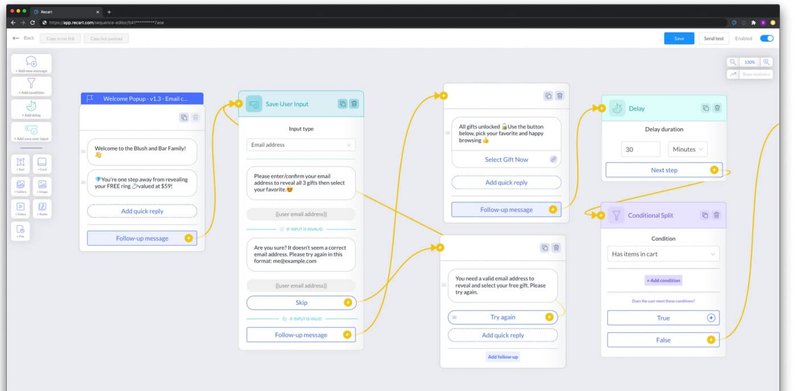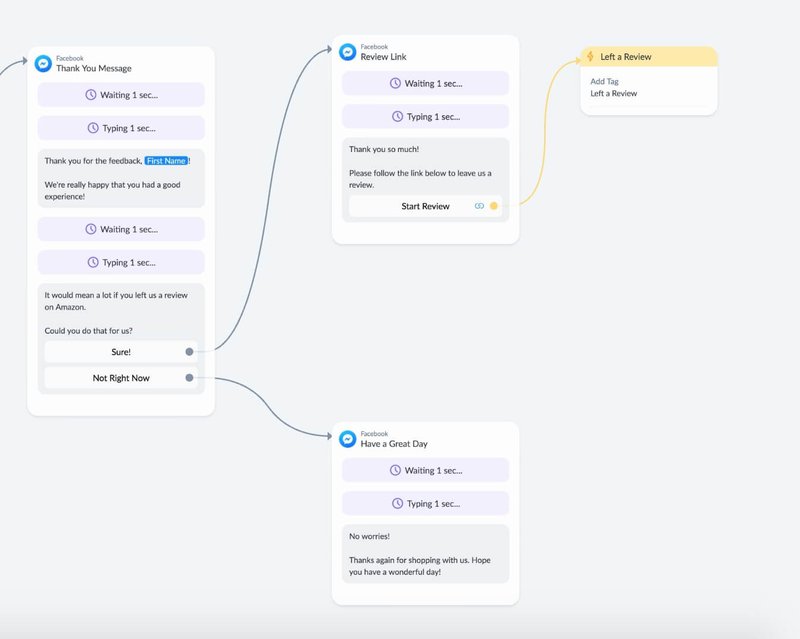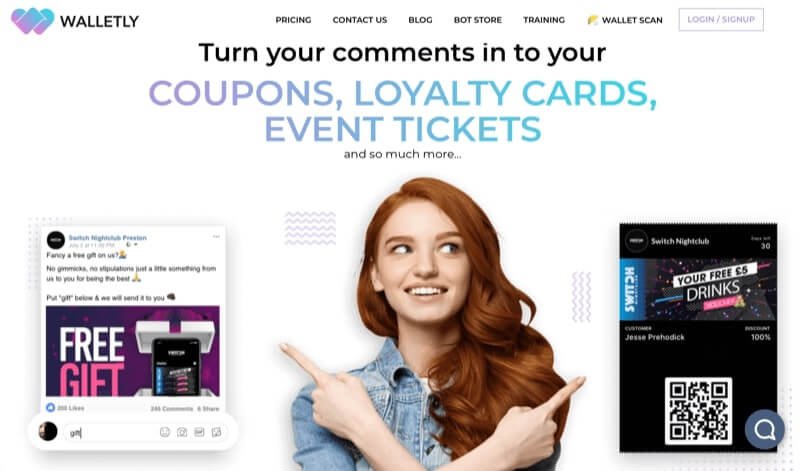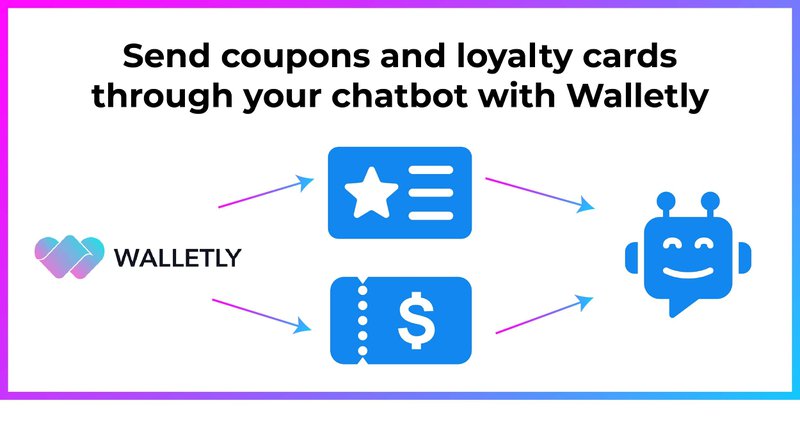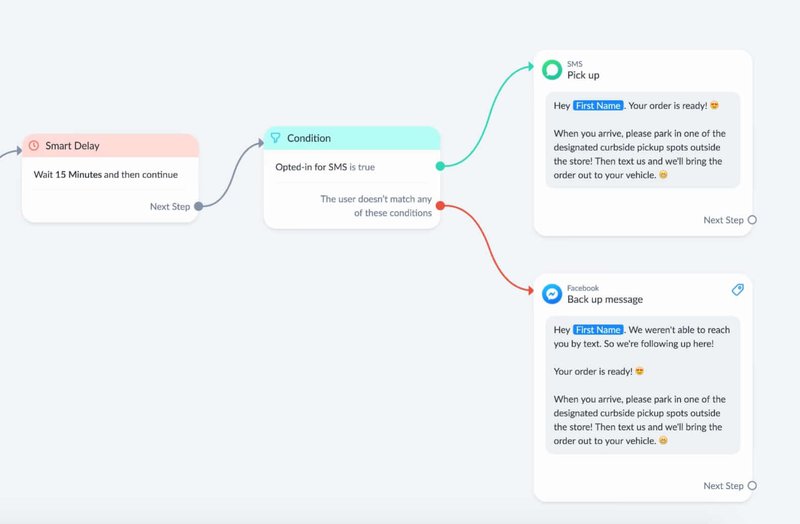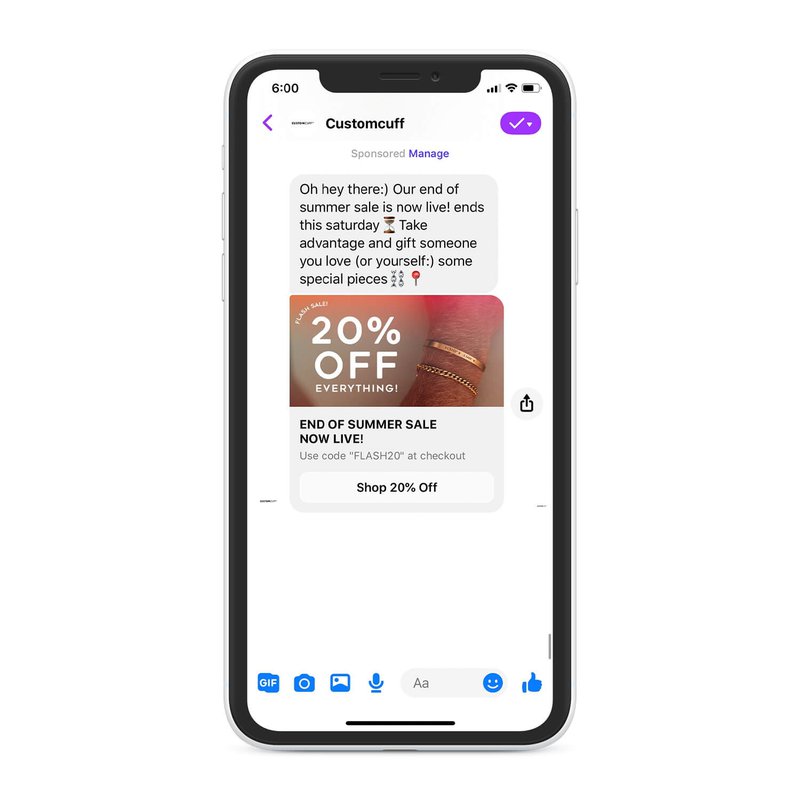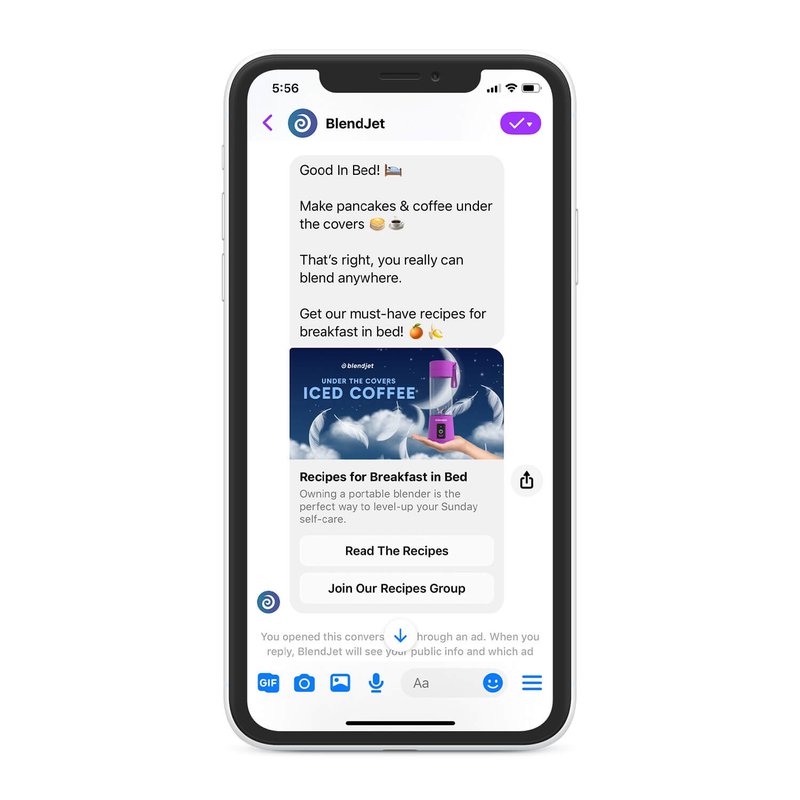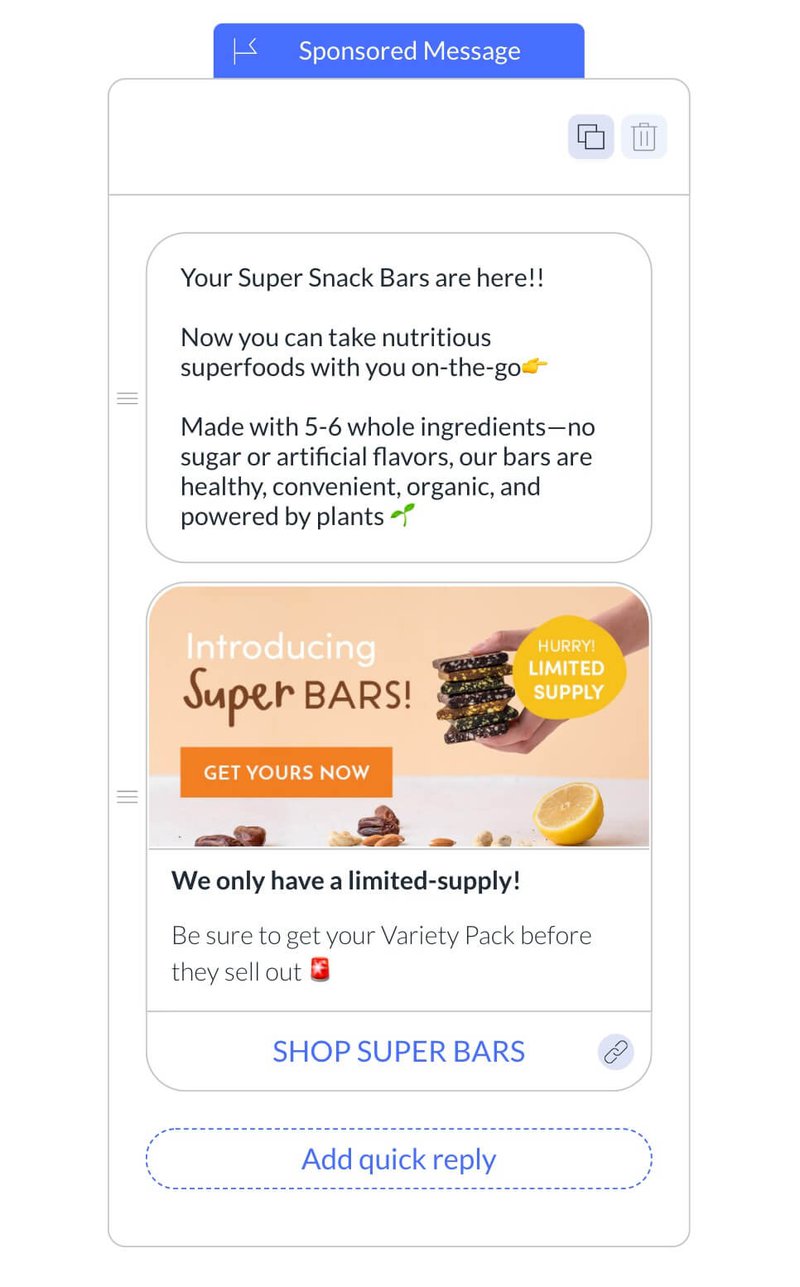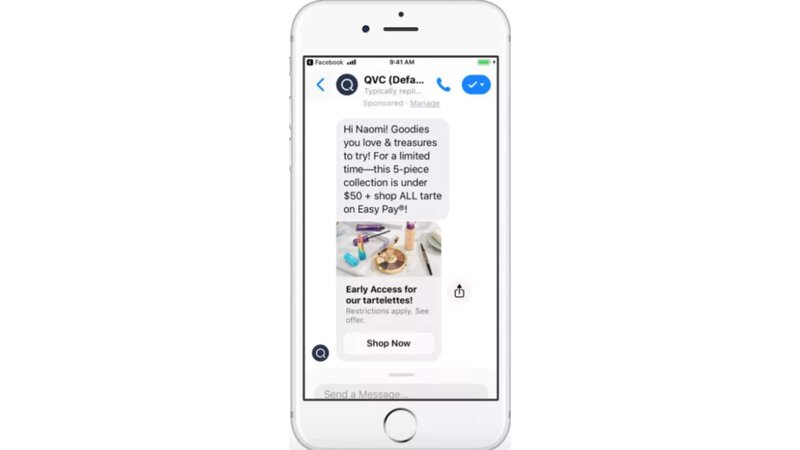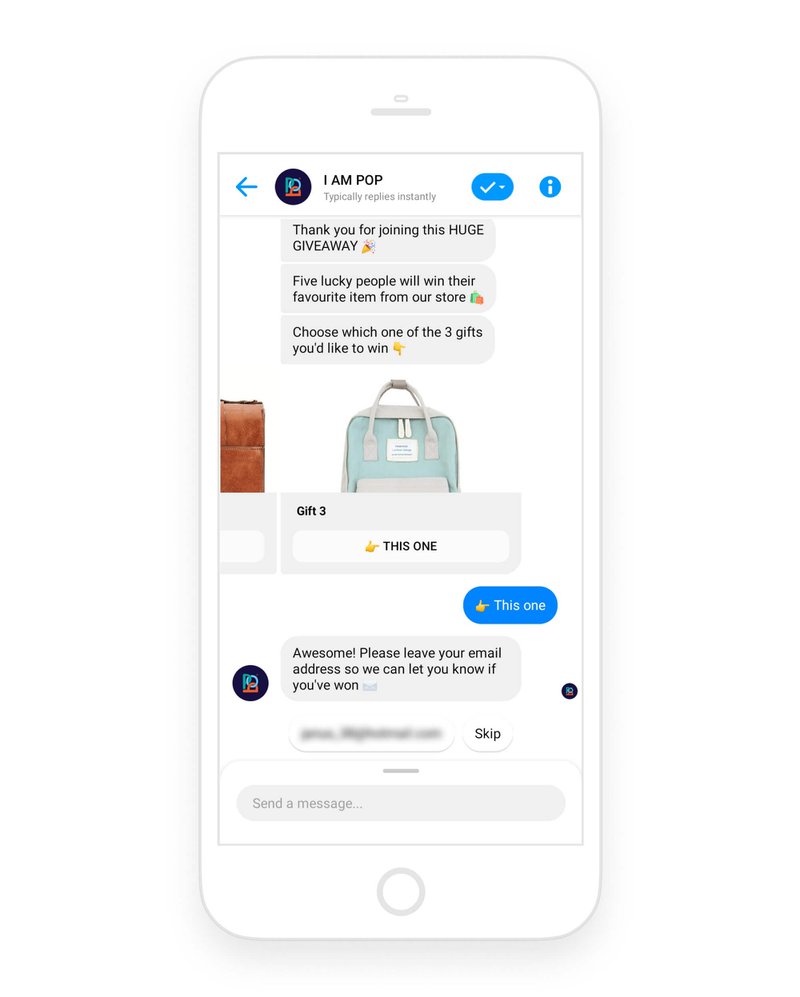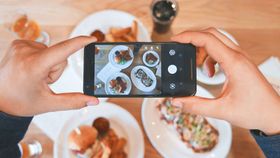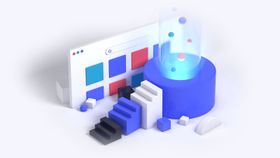The Ultimate Guide to Ecommerce Chatbots
What are chatbots? How do you build one? Read this chapter to learn specific chatbot strategies and tools that will propel your business to the next level.
Updated November 6, 2024
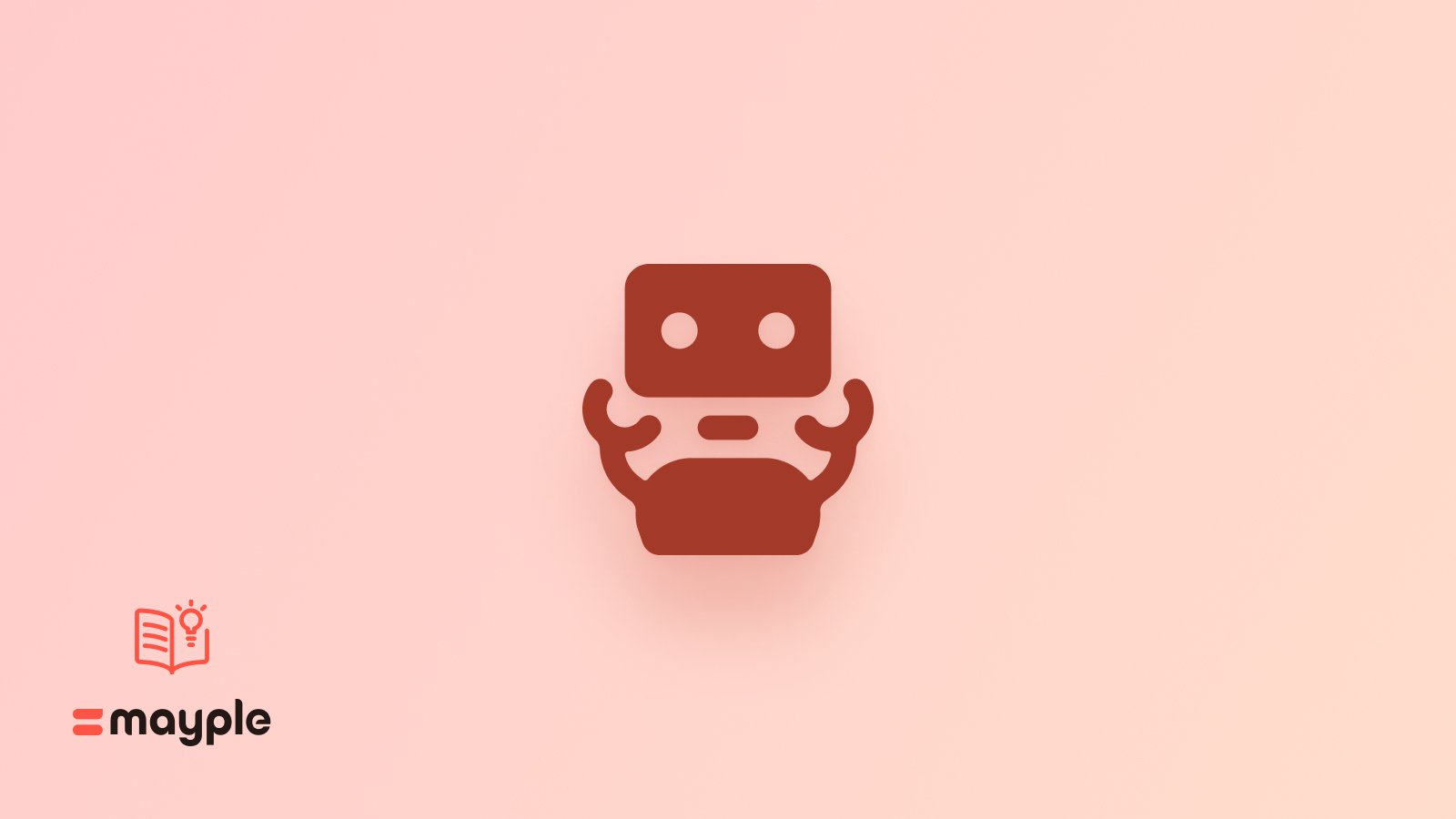
Chatbots have taken the world of marketing by storm and for good reason. Imagine you’re shopping for your favorite couch. It’s 8 pm and no one is going to respond to you via email or chat. But you have a super important question about the difference between these two couches you’re looking at.
All of the sudden, a chatbot pops up in the corner, smoothly guides you through the differences in the products, and provides you with all the information you need. You can finally buy the couch of your dreams, without calling anyone or waiting 24-48 hours for an email response.
Chatbots provide convenience and efficiency, and they’re getting more advanced every year. Just check out these stats:
- Chatbots are able to handle 68.9% of chats from start to finish.
- Chatbots generate 35% response rates.
- Chatbot eCommerce transactions are projected to hit $112 billion by 2023.
In this guide, we break down what a chatbot is, how to build one, and talk about some of the top chatbot strategies that eCommerce brands should use to grow their sales and be available to their customers 24/7.
Let’s dive in.
What is a chatbot?
A chatbot is defined as a computer program that simulates a conversation with human users to complete tasks. For example, Nordstrom’s chatbot talks with customers about what they’d like to purchase from the store. Chatbots for eCommerce companies are typically designed to complete buyers’ purchases.
Chatbots can be set up on a company’s site or on a social media platform. The latter is when a company sets up a series of automated chat messages through a social media platform like Facebook Messenger or a mobile app like WhatsApp. Chatbots can involve sophisticated conversational AI but it’s not required.
Chatbots provide an automated way to have a 1:1 conversation with a person
The most common platform to build a chatbot on is Facebook Messenger but there are many others - Alexa, Kik, Slack, Telegram, WhatsApp, Google Assistant.
Here’s an example of a famous chatbot called Cleo that helps people budget better:
Why should you use a chatbot?
Perhaps the most compelling reason to have a chatbot is that studies show that messenger apps (especially Facebook Messenger) are becoming much more popular than social media platforms.
Service chatbots provide answers to the most frequent questions.
For example, medical chatbots supply a preliminary diagnosis based on your symptoms, fitness chatbots create personalized workout programs, and eCommerce chatbots help you choose the right product to buy.
Customers want to purchase and communicate with an eCommerce company via chat because it provides such a better and more effective way to find the answers they need. Chatbots really help online retailers communicate their brand values and brand voice in a succinct and creative way.
So if a company wants to be customer-centric, and improve its sales and customer service operations, it needs to invest in chatbot marketing.
Chatbots are the fastest growing marketing channel
I know that sounds like a bold statement, but I’ll tell you how it all started.
Messaging started to overtake social media back in 2015, and it has continued to grow since.
The most popular platform for chatbots is Facebook Messenger, where companies have already created more than 300,000 chatbots.
Back during the F8 conference, Facebook announced that there are over 20B messages sent between people and businesses each month and over 40M businesses are active on the platform.
And chatbots have continued to grow since then.
Here are a few really impressive stats:
- 40% of millennials claim to use bots every single day.
- Chatbots saw a use increase of 92% since 2019
- Chat conversations result in 80-90% response rates
- Ecommerce chatbots boost revenue by 7-25%
What are the benefits of using a chatbot?
Chatbots have a ton of benefits to them.
Convenience
Customers are able to get serviced in under 24 hours, without having to wait for a human rep on the phone or a live chat widget. They are also able to browse through a catalog and order the product using a chatbot.
It also saves the customer so much time. Data shows that average response times for live chat are 2 minutes versus 10 hours for social and 17 hours for email.
This feature is great for brands that want to provide “after-hours” support but haven’t been able to do so with a human team. A chatbot can easily handle that, won’t need any training, and can handle both sales and customer service questions.
Chatbots are interactive
Chatbots provide a really fun way for customers to interact with an eCommerce business that’s much more effective than phone, email, or live chat. And it’s a way for a brand to showcase its values, products, and services without being salesy.
Check out this example from Sigstr:
Chatbots are more personal
34% of retail customers say that they would rather speak with a chatbot than a customer service rep on the phone or on live chat (Statista). Here’s an example of a Facebook chatbot that’s creating personalized experiences and helping customers engage with the brand.
Chatbots save costs
you can use a chatbot 24/7 without having to hire live agents to work during odd hours of the night. Businesses report up to 30% savings using chatbots (IBM).
Chatbots can help customers check out.
Chatbots can send messages that contain text, GIF, images, news articles, blog posts, and even videos.
Chatbots can also send automated flows and bring your customer through marketing funnels.
And perhaps the most powerful feature for eCommerce brands is that chatbots can also display your catalog and help a customer make a purchase.
Lego has built out a chatbot that they call “Ralph”. It created a simple and effective shopping experience for the customer by providing personalized recommendations and even has the ability to process orders right on Facebook Messenger (something that’s definitely not possible on a live chat widget.
Ralph is so successful that it is driving over 25% of all social media sales and provides a conversion that’s 8.4 times higher than Facebook ads.
Ecommerce Chatbot Examples
Here are some of the coolest chatbots you can find.
Amy by x.ai
Amy is one of the best scheduling chatbots out there. It’s created by X.ai, launched in 2014, and is super versatile.
It can schedule work calls, appointments, connect with multiple calendars, negotiate meetings with multiple participants, and much more.
It’s like Calendly on steroids.
It can even send out your personal calendar link, check this out:
Kip
Kip is an AI assistant for team shopping. So whenever your team needs to buy something, this bot can help make it happen live.
Frida Bot
Frida is an art bot that displays new art pieces for you daily. It’s simple, beautiful, and inspiring!
Crosby
Crosby is an awesome travel chatbot that helps you receive trip alerts, track gate changes, view your itineraries and even collaborate on planning your trip with your friends.
Kian by Kia
The car company Kia launched a really successful chatbot called Kian that helps customers receive information and choose the best car for them.
Roof.AI
Roof is a chatbot for the real estate industry that helps companies funnel leads to the right rep and helps customers pick properties that they are interested in and schedule site visits live.
Whole Foods
Whole Foods launched a really popular bot that sends recipes, product recommendations, and cooking inspiration to the user. It drives users to their site and makes a really interactive online user experience.
Nordstrom
Here’s another great example of an eCommerce chatbot. This one is built by Nordstrom, the famous department store. It’s designed to send product recommendations and other valuable information like the local store hours to the user.
Modiface
Modiface was one of the first companies to launch an AR (augmented reality) chatbot. This chatbot asks a customer to take a video of their face and then matches them to the best makeup products.
Both virtual and augmented reality features and capabilities are becoming increasingly popular with chatbots and online platforms and you’re going to see them in the beauty and home decor space more and more.
Burger King
Burger King built a chatbot that helps customers order food straight from Facebook Messenger. The bot gives users a time estimate of when their food will be ready, the customers can pay without having to leave Facebook Messenger, and it pulls the location of the nearest restaurant to them.
So all in all, a pretty useful bot when you’re hungry and on the go.
Poncho
Poncho, affectionately called the Weather Cat, helps users determine the weather. I don’t know why someone wouldn’t just check their weather app, but hey, sometimes you just want to stay in Facebook Messenger and not have to switch apps.
Another brilliant use for this is automatic weather updates. Poncho is also a Slack app so it can send you a daily forecast every morning without you having to check the weather.
There are a ton of uses for a chatbot.
We’ve covered some of the main benefits and use cases for chatbots, and we hope that we’ve inspired you just a bit to go create or optimize your company chatbot.
Up next - the best eCommerce chatbot strategies and ways to make your own chatbot.
How do you make an e-commerce chatbot?
There are several ways that you can make a chatbot. We’re going to focus on building chatbots for Facebook Messenger but there are lots of other platforms you can build a chatbot for (like voice for example).
1. Build your own chatbot
You can build your own bot using a platform like Octane AI, Recart, Drift, Republic, or Chatfuel.
It’s really easy.
They have a lot of templates that you can use to set up automatic messages and flows.
And the best part is that they are built for eCommerce.
How to build a chatbot with Chatfuel
Here is a step-by-step tutorial for building a chatbot solution with Chatfuel.
1. First, register for a free account.
2. Second, you can either create a bot from scratch or use a template. For first-time bot builders, we recommend picking a template. Chatfuel has over 100 templates to choose from.
Here’s what you will see when you select a template:
3. Fill out the main sections or components of the template such as - the main menu, about us, etc.
4. Then finalize some of the flows and types of user questions you would want your bot to answer.
5. Launch your bot.
Chatfuel Pricing: Free + starts at $15/mo (supports only Shopify)
How to build a chatbot with Manychat
Manychat is a great bot platform that has some really unique features and capabilities for marketers - like chatbot landing pages, popups, analytics, and much more. Manychat is not only my favorite bot platform but is also one of the best eCommerce chatbot tools available (and I don’t say that lightly).
Here’s how to create a chatbot with Manychat:
1. Click on “Get Started Free”.
2. Sign in with your Facebook account and grant Manychat permission to manage your pages.
3. Connect a page that you want to use.
4. Click on Main Menu.
5. Create the main blocks of the chatbot (welcome message, default reply, keywords, and sequences).
6. Launch your bot.
Manychat Pricing: Free + starts at $10/mo (only supports Shopify).
How to build a chatbot with Octane AI
Octane AI is a chatbot tool that’s specifically built for Shopify stores (it only supports Shopify and Shopify Plus). So if your eCommerce store runs on Shopify, this is the tool you should check out. They also provide a lot of chatbot examples you could use in creating your own.
1. Head over to Octane AI
2. Click on Get Started
3. Log in to your Shopify Store
4. Connect your Facebook Page
5. Connect your Facebook ads account
6. Set up your automatic responses - go to “Customer Care” and set up your smart responses.
7. Click on Pop-ups to set up any pop-ups you might want for your eCommerce store
And that’s basically it, you’re all set.
OctaneAI Pricing: Starts at $29/mo
Now, what if you want to buy something already pre-made?
That’s when you need a chatbot template.
2. Buy an e-commerce chatbot template
If you have something specific in mind, then you can buy a template.
Let’s say you want to have a fitness business, then you can buy a template that will have all the features and capabilities you need.
Botmakers has a bunch of chatbot templates that you can choose from.
Here’s an example of an e-commerce chatbot template for the fashion industry:
Pricing: Starts at $49.99/mo (supports multiple platforms).
3. Hire a chatbot agency
You can also have a chatbot agency to make a chatbot for you.
This is for large brands that have the budget and want to save on time and human resources (like training your marketing team on this channel).
There are hundreds of chatbot agencies out there and you can find most of them on Clutch.
One prominent one is called the Bot Marketing Agency.
Their pricing ranges from $1,000 to $2,500 per bot.
And the best part is that they can build a bot for you on a specific platform - like MobileMonkey, Chatfuel, Drift, Republic, or ManyChat - and when it’s all built, your marketing team can use the platform to continue to A/B test and optimize.
Now, you’re probably wondering - how do I choose the best chatbot platform? Each one offers different advanced features and capabilities.
Let’s cover a few.
Advanced chatbot features
Here are some of the top advanced chatbot capabilities and features you might need to consider before picking the best chatbot tool or platform.
CRM Integration
It’s really important to have a general CRM or a sales CRM integration. This is especially crucial when you are using your bot to gather leads and funnel them into the right hands.
By the way, the image above is taken from Recart, which is another one of the best eCommerce chatbot tools out there, it’s a great Shopify app that helps eCommerce brands rock out with chatbot marketing.
Email integration
It’s a really good practice to ask your chat subscribers for their emails. That way you can communicate with them on more than one channel. So make sure that your chat tool connects to the major email providers.
Zapier/Integromat Integration
Your chatbot tool might not have all the integrations that you are looking for, in that case, make sure that it can connect to Zapier or Integromat. These are some of the best eCommerce chatbot tools that let you connect any 2 software together (and pricing-wise they are very affordable).
Chatbot templates
We’ve covered templates earlier in the post, but depending on your needs (whether you are an eCommerce brand or an online news site) it might be useful to make sure that your chatbot platform or tool offers the right templates for you.
Chatfuel is most known for having a comprehensive template library.
Coupon feature
Make sure that your chatbot platform has a coupon feature. This is where you can create dynamic coupons, and straight in the tool, instead of manually creating them inside your store. Remember to test out different pricing and offers to optimize your conversion rate.
Here’s an example from Recart.
Cart abandonment
Cart abandonment flows are a huge source of sales for any channel, especially chatbots. So make sure that your tool has a simple way to create and optimize a cart abandonment flow.
Here’s an example of a sample flow created using Recart and Wheelio.
Compatibility with social media platforms
There are a ton of different social media platforms where you can use chatbots.
Here’s a short list:
- Facebook Messenger
- Slack
- Telegram
- Skype
- Viber
- LiveChat
- Kik
- Twillio
And each one comes with its audience, best practices, and use cases.
So make sure whatever tool you go with, that it can help you create a chatbot on as many social media platforms as needed. You can also create voice-enabled eCommerce bots to make it even more convenient for your customers.
You may find that you will need several chatbot plugins for different platforms, and that’s something you need to take into consideration.
So what did we cover?
We covered a step-by-step on how to make a chatbot using the following tools:
- Chatfuel
- Manychat
- OctaneAI
There are probably a ton of other chatbot tools you can use but we feel these are the best eCommerce chatbot tools to start with, and you can always add more to your arsenal. We talked about buying your own chatbot template and covered hiring a chatbot agency to build one for you.
We then focused on advanced chatbot features and capabilities such as - integrations, cart abandonment, coupon creation, chatbot analytics, and compatibility with social media platforms.
Up next, let’s cover the best eCommerce chatbot strategies.
Top Chatbot Marketing Strategies
Chatbots quickly gained popularity because they provide this incredibly personal way of communicating with your leads and customers. Chatbots are very versatile and can fit in a number of aspects of your overall marketing strategy or plan and serve as an extension of your brand voice and messaging.
You can chatbots to get more leads, increase your site conversions, distribute & promote your content better and delight your existing customers.
Let’s cover a few ways that you can use chatbots to increase your eCommerce sales and improve your customer service.
Strategy 1: Get more leads with a chatbot popup
The first way to use chatbots is to acquire more leads.
You can do this by using a simple welcome popup with a chatbot lead form in it.
You can use a platform like Recart or Manychat to create the popup. And the only difference is that it will bring users to subscribe to your chatbot, instead of asking for their email.
After they are subscribers you can always ask for their email and be able to communicate with them via two channels.
Another really cool strategy is to display a 2-step popup. One that asks for an email subscription and then brings them to subscribe to the chatbot.
Here’s a famous example from the marketing wiz Andrew Warner.
He’s got a 2-step popup.
Here’s the first part:
It first asks the user to subscribe using their email.
And then it displays the Facebook Messenger part of the popup sequence:
Strategy 2: Run Messenger Ads
Another great way to use a chatbot, and really one of the best eCommerce chatbot strategies, is to use Facebook Messenger ads.
Facebook launched this feature back in 2017 and it was met with some skepticism.
Since then, the number of Facebook Messenger users grew to over 1.2 billion in April (just 3 months after the launch of the ads feature).
Messenger ads are now widely used by eCommerce brands and studies show that they work really well. On average, they can reduce the cost per lead by 30x-50x, compared to regular Facebook display ads (MobileMonkey).
Here’s an example from I Am Pop.
The ad looks like a regular chat message, and once the user clicks on the “Yes!” button then they receive another message and enter into the flow.
A great strategy is to build lookalike audiences and then target them with these ads live, in real-time.
Anyone that interacts with the Messenger ad enters into the chat subscription list and adds another lead to your funnel!
Strategy 3: Create a chatbot landing page + lead magnet
You can also use a chatbot to receive more impressions on your content and increase conversions from it.
You can use Manychat to create a Messenger landing page.
Then write a quick post on social media that leads users to the Manychat landing page that you’ve created.
Then, every time you send out your newsletter, send a chat message to your entire list and see your online traffic skyrocket.
This provides a much more engaging way for your audience to view your content.
Just as a side note, not every chatbot tool out there will have this feature, so you want to make sure to use one of the more standard and one of the best eCommerce chatbot tools that we recommended.
Strategy 4: How Blush and Bar got 11K Messenger subscribers and $39K in sales
Does chatbot marketing still seem complicated? Here’s a super simple strategy that Blush and Bar used to acquire 11,000 new subscribers on Messenger, which lead them to make $39,000 in sales.
Blush and Bar is a unique jewelry brand.
All their jewelry is handmade (they make it all in-house) and they offer a lifetime warranty on everything.
Yeah, you read that correctly.
Wow.
And the best part, all their stuff is super affordable, around $59-99 per ring.
They were struggling with getting leads on their site until they tried using an eCommerce chatbot.
Here’s what they did.
They first launched a Messenger popup for mobile and desktop.
And you know how much we love wheels, they used the “flywheel” popup design from Recart:
Then they powered up a really simple conversational flow.
Once they subscribed, they were sent a few automated follow-up messages.
Here’s their flow:
If you notice, one of the first messages asked for an email.
Once the user put in their email they were sent to Klaviyo, where the brand could target them with their promotional email campaigns.
Brilliant but simple.
If you’d like to learn more, we’ve got a really great video for you.
Here’s a great video from Larry Kim, CEO of one of the best eCommerce chatbot tools MobileMonkey, where he goes over some of the best eCommerce chatbot strategies for marketers.
Strategy 5: How to set up chatbot automation
Manychat has this incredible feature where you can automate the chatbot responses based on specific keywords that the customer uses. And this is one of the best eCommerce chatbot strategies that you can use.
Here are a few examples of chatbot automation:
1. when a person uses the words “unsubscribe” or “stop” they are automatically removed from your eCommerce chatbot subscribers list.
2. Set up keywords like “demo” or “how does this work” to trigger a chatbot sales flow or to display your sales team's Calendly link. This can also help you improve your customer service by answering your customers’ questions much faster and providing better resources to them.
Here’s a great video from Manychat where they explain how to set up keyword triggers for automated chatbot flows:
3. Set up a cart abandonment flow.
4. Customer feedback and reviews - create automatic flows to encourage your customers to review your products.
Again, not every chatbot tool has these features so check what you’re using and adjust accordingly.
Strategy 6: Use Walletly + Manychat to get more mobile sales
Walletly is a brilliant tool that lets you send mobile push notifications to your customers' mobile wallets.
You can use Walletly to send your customer:
- coupons
- gift cards
- loyalty cards
- giveaways
- competitions
- event tickets
- booking
- webinar tickets
- memberships
You can also target your users by their location using iBeacon technology. So if you are selling event tickets, you can send push notifications to customers that are within a certain radius of your event’s location and see much better results.
Strategy 7: Set up curbside pick up with a chatbot
In the food industry, we see a lot of companies switching to selling online, yet offering customers an option to pick up their food.
With so many food businesses switching to delivery or pick up only, it’s crucial to have this option available for your customers.
First, set up your bot to be able to lead a customer through check out.
Most chatbot tools have integration with the large eCommerce platforms out there, so that shouldn’t be a problem.
Then, set up an automatic flow with a “smart delay” that prompts the customer to come to pick up their order when it’s done.
Here’s an example of curbside pick up flow from Manychat:
You can also connect Google Maps to your chatbot so that the customer could receive directions to your store.
Strategy 8 - run a flash sale
If you’re brainstorming trying to find the perfect chatbot marketing strategy and feel stuck - then it’s time to get back to the basics.
Run a flash sale and send it out as an online promotion to your Facebook Messenger subscribers.
Test out different copy, a limited-time sale, different discounts, and segment your audience based on the products that they browsed. Follow your analytics closely to select the best variants and continue to optimize.
Strategy 9 - Send a Blog Post Promotion
Besides having promotions and deals it’s also a really good idea to send out educational content to your Facebook Messenger subscribers that tells your brand story online and shares some of your values. There is a lot of different content that you can send in a chat message:
- a recent blog post
- a holiday shopping guide featuring your products
- a product comparison guide
- an interactive product quiz
- a case study
- a blog post talking about your company mission + values
Here’s a really great example from BlendJet (who doesn’t love breakfast in bed??!):
Strategy 10 - Product Launch
Another great chatbot strategy is to send a message to your chat subscribers about a new product that you just launched.
This is a total no-brainer and should be done regularly. You can even create some hype by announcing the launch 2-3 months ahead of time and even hire a few influencers to make videos with the product for the launch date.
Strategy 11 - Launch a Waitlist / Early Access Program
This is another great way to engage with your Facebook chat subscribers. Send a message with an early access opportunity for your audience and an enticing promotion. It’s even better if you have a loyalty or rewards program where you reward your best customers with exclusive online offers.
Here’s an example from QVC:
Strategy 12 - Launch a Giveaway
Giveaways are a really great way to engage with your audience and get more chat subscribers. Here are the steps you need to follow to create a good giveaway:
- Plan out the details (gifts, rules, dates)
- Select a group of influencers to promote your giveaway online
- Send out the promotion (chatbot message + Messenger ad)
- Ask all of your influencers to promote the giveaway
- Select the winner and announce them on social media
- Rinse and repeat
Here’s a great example of a giveaway promotion on Facebook Messenger where the user has the option of choosing which prize they want to receive if they win.
The key with the last 3 strategies is that these chatbot messages really follow the brand voice and sound natural. So make sure that when you are creating any kind of messaging that it matches your brand values and brand voice.
Recap
These are just some of the amazing things you can do with eCommerce chatbots.
Here are some of the best eCommerce chatbot strategies that we mentioned:
1. Get more leads
2. Use Messenger Ads
3. Boost your content views and conversions
4. Blush and Bar’s Secret Strategy
5. Chatbot Automation
6. Use Walletly for coupons & mobile sales
7. Set up curbside pick up
The key takeaway is that an online store should build an AI chatbot that’s useful to the customer, saves you time, and enhances the experience of your brand. It improves the customer experience dramatically and helps your customer experience your brand in more of a personal way than through an email.
